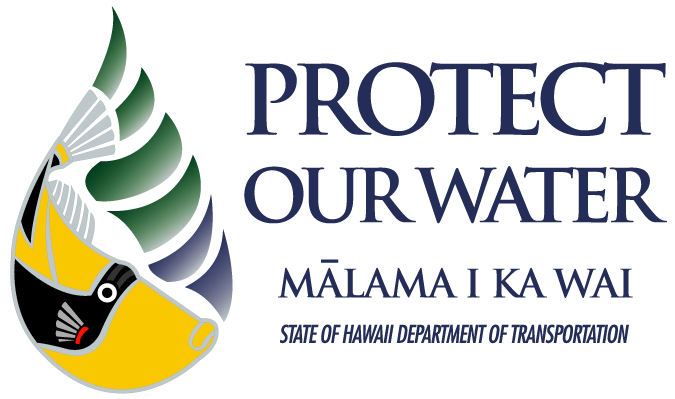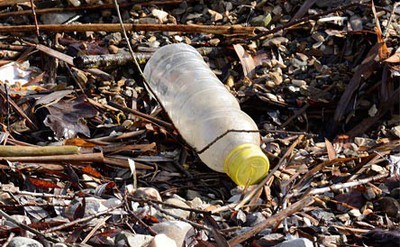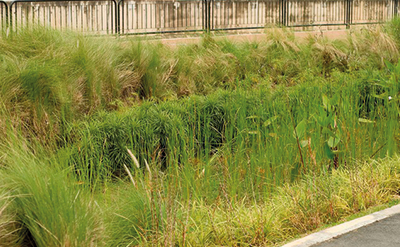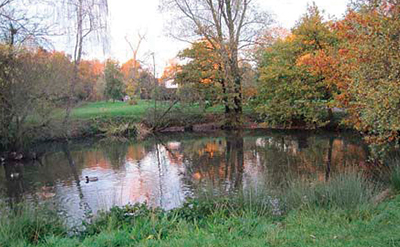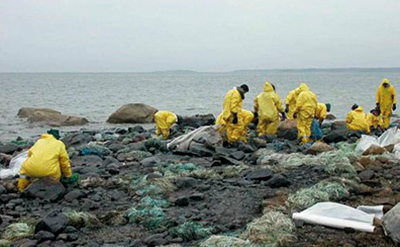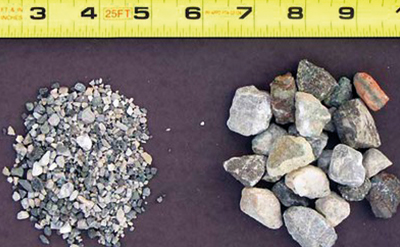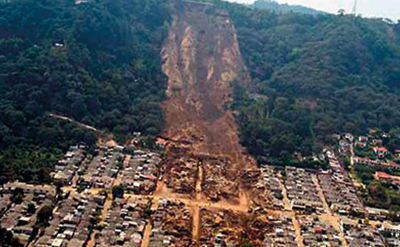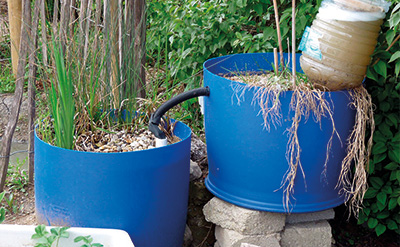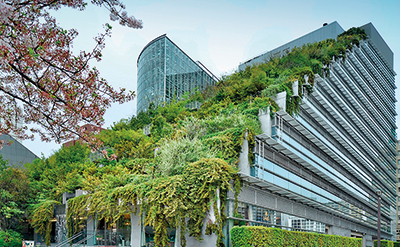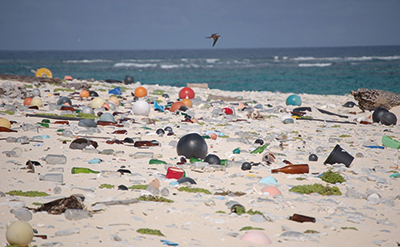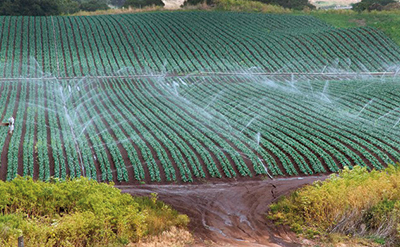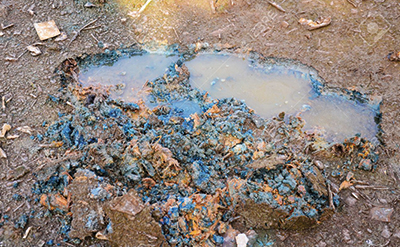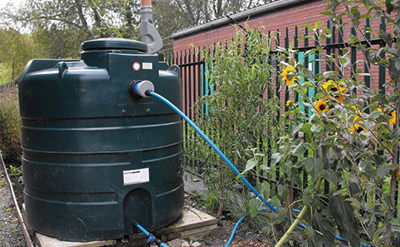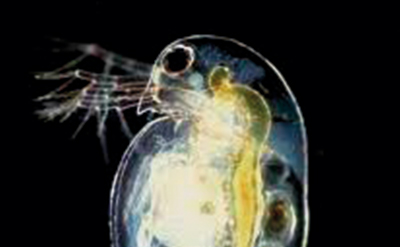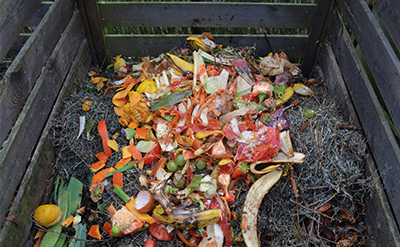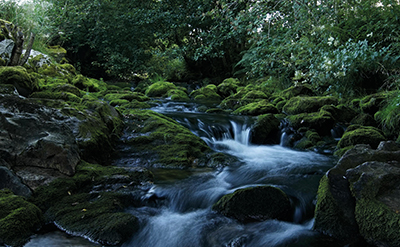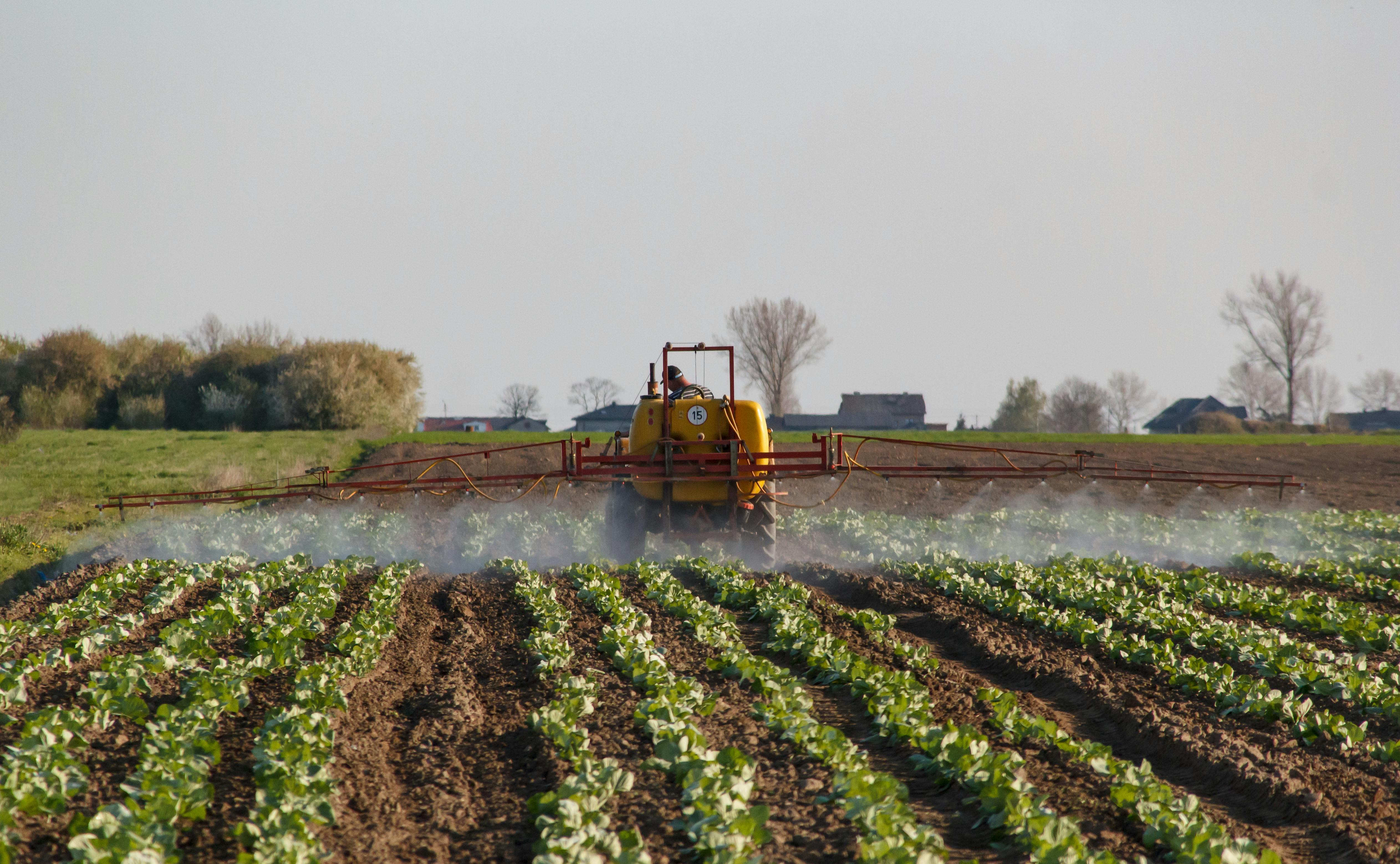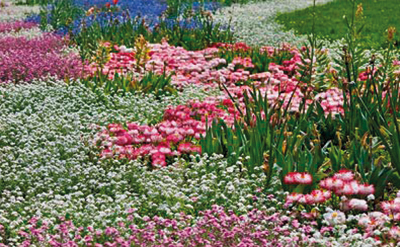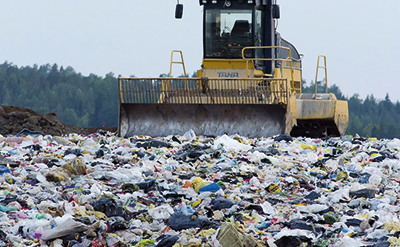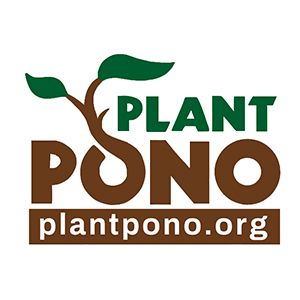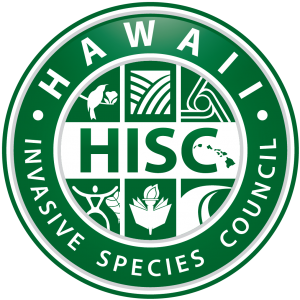Dive into storm water!
Storm water is rainwater that is not able to be absorbed into the ground and, instead, flows into storm drains and eventually reaches the ocean. As storm water moves along surfaces, such as city streets or sidewalks, it can pick up pollutants, like hazardous bacteria, chemicals, and excess nutrients, and deposit them in the ocean and local waterways. This negatively impacts not only the health of our environment, but also the health of our communities. Understanding how storm water, human behavior and activities, and the health of our waterways, environment, and communities are all interconnected is integral to a healthy future for all.
Encourage students to build their knowledge of storm water and engage in scientific research and discovery that helps create a storm water-conscious and healthy community and environment! These storm water-related science projects can engage budding scientists of every skill-level in real-world science and engineering issues; and increase critical thinking and problem solving, while also promoting environmental stewardship. Topics for projects span from water pollution, to building trash collecting robots, to experimenting with biodegradable materials, so there’s something that appeals to every student’s interests.
Although we are unable to provide materials or financial assistance at this time, we are pleased to offer these low-cost project ideas. All project ideas and content have been taken from Science Buddies. Check out their website for more cool project ideas and career and educational resources!
Click here to download our Science Fair Resources flyer to share with your students.
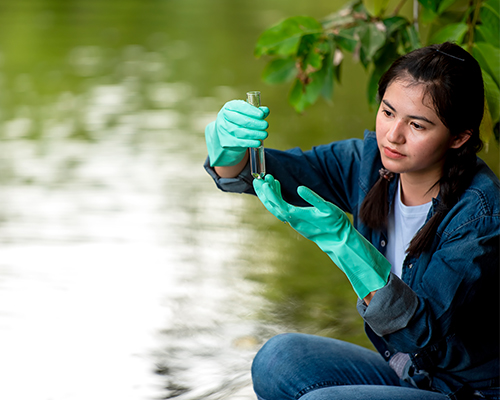
Most of the materials for these projects are common household items or affordable and easy to find at your local grocery, pet, or hardware store. For more unique materials, such as graduated cylinders, see if your school’s chemistry lab or woodworking shop will let you borrow what you need.
Important note: Due to its remoteness, Hawai’i has its own unique biota and ecosystem. Where it is applicable, suggestions for Hawai’i-friendly alternatives are noted within the respective project descriptions below. You can find links to more resources to research and obtain native plants and biota at the bottom of this page! Additionally, to help protect Hawai’i’s environment, please make sure to dispose of any materials used in your project carefully and responsibly.
Beginner-Level Projects
Something's Fishy About That Fertilizer
Did you know that when you use fertilizer in your garden, it can eventually reach a lake, stream, or pond? There are many different chemicals present in fertilizers. How will they affect the aquatic organisms in the ecosystem? In this science project you will get to find out!
Cleaning Up Oil Spills
Oil spills can devastate wildlife by covering them with oil, and they can damage our precious water resources by contaminating them with oil. Part of the problem of dealing with oil spills is that the oil can be challenging to clean up. In this science project, you will test the absorptivity of different materials to discover which ones are best at removing oil from water.
Riprap: It's Not Hip Hop But Erosion Stop
Water erodes soil and solid rock, but erosion is not always a good thing! One way that engineers slow erosion is through placing pieces of jagged rock, called riprap, on the land around waterways. In this experiment you'll test the effects of riprap and find out how it keeps dirt out of our water.
Note: This project requires a downspout extender or rain gutter, which can be obtained at your local hardware store.
Landslides: What Causes Rocks to Slide Down a Slope?
Landslides are powerful geological events that happen suddenly, causing fear in people who live in areas with unstable hills, slopes, and cliff sides. But what causes landslides? In this geology science project, you will learn about the different types of landslides and the characteristics of slopes and masses that unleash landslides.
Intermediate-Level Projects
Recycling Greywater: Can Plants Tolerate It?
One way to conserve water is to find safe ways to use it more than once. Here is a project to test whether greywater (water that has been used for washing or bathing) can be used for watering ornamental plants.
Note: Make sure the plants you use are native or non-invasive to Hawai'i, such as native bacopa (ae’ae), aka akai, or watercress.
Rooftop Gardens: Are They a Cool Idea?
Around the world, rooftops are being transformed into living green expanses. Besides beauty, rooftop gardens have a number of advantages, including growing food and taking carbon dioxide out of the air while releasing breathable oxygen. But can rooftop gardens also keep your house cooler and lower your energy bill? Try this science fair project to find out.
Do Your Storm Drains Keep the Ocean Trash Free?
Did you know that there is plastic in the ocean? It probably isn't too hard to imagine that some of the plastic that litters roadways, sidewalks, and parks finds its way into the ocean. This plastic can harm marine life, pollute our waterways, and degrade water quality. In this science project, you can determine if any plastic litter is entering the waterways from your community's storm drains. If it is, this project will help you work on a possible solution.
Note: This project requires a saw horse. Check to see if your school has a woodshop with tools available, or you can obtain one at a local hardware store or substitute for a similar tool.
Can Biodegradable Hydrogels Help Conserve Water in Farming?
Growing crops takes a huge amount of water. But in dry climates or lands experiencing drought that don't have a lot of water available, water needs to be conserved (saved). In this project you will experiment with creating environmentally friendly jelly-like materials called hydrogels and see if they can help reduce the amount of water needed to grow crops.
Note: This project requires agar powder, hydroxyethyl cellulose powder, and citric acid. You can obtain agar powder and citric acid at your local grocery store and hydroxyethyl cellulose powder is available online or at chemistry stores.
Heavy Metals and Aquatic Environments
Have you heard warnings to avoid ingesting lead because it can be toxic? Lead, among other heavy metals such as silver, copper, mercury, nickel, cadmium, arsenic, and chromium, can be toxic in certain environments. In this experiment, find out if one common heavy metal, copper, can be toxic to an aquatic environment.
Note: This project requires copper sulfate pentahydrate, which can be obtained at your local hardware store. In lieu of invasive duckweed, please use a native Hawaiian plant such as native bacopa (ae’ae), aka akai, or watercress. Swap out the pond snails for brine shrimp, small clams, or live oysters, which you can find at your local pet or grocery store.
Water-Wise: Building a Rainwater Collection System
You may love to splash in rain puddles, but did you know you can also collect rainwater for use around your house? Through this project, you can design and build your own rainwater collection system for non-potable (non-drinkable) water use and find out how much water you can harvest!
Advanced-Level Projects
Using Daphnia to Monitor Water Toxicity
One way to test for the presence of toxic compounds in a water sample is a bioassay, where a living organism serves as a detector for toxins. In this project, water fleas (Daphnia magna), a freshwater crustacean, are used in a bioassay to monitor water quality. Many variations of this experiment are possible.
Disappearing Act: How Fast Do Different Biodegradable & Compostable Materials Decompose?
Have you ever seen a product labeled "biodegradable" or "compostable" and wondered just how well it decomposes? Do materials decompose differently, and, if so, which materials decompose the fastest? In this science project, you will make your own indoor composter and investigate how different biodegradable and compostable items decompose.
Predicting Future Water Quality with Machine Learning
Understanding the water quality of water bodies is critical for maintaining healthy ecosystems and sources of drinking water. But how can we predict how water quality might change in the future? With machine learning! In this project, you will gather water quality data for a location and use a model to predict changes in dissolved oxygen.
Runoff and Fertilizer Use
Many people routinely use fertilizer for crops, gardens, and lawns. What people don't know is that excess fertilizer can be transported into nearby bodies of water through run-off, which can lead to the contamination of local water sources, like streams, lakes, or the ocean. In this experiment, you will apply varying concentrations of fertilizer and measure the amount of fertilizer run-off.
Native Landscapes
Gardens can be filled with beautiful flowers or delicious veggies, but many do not include native species. This can be harmful to our native ecosystems, but reintroducing native plants can help! Conduct a study in your own neighborhood by identifying native and non-native plants and highlighting areas in need of restoration.
Biodegradable Plastics
Petroleum-based plastics take centuries to break down and contribute to much of our pollution. Can you learn to make your own biodegradable plastic? Test biodegradability by burying plastic samples for different lengths of time. What material properties should your biodegradable plastic have to compete with petroleum-based plastics?
If you are organizing your school’s science fair and are looking for additional judges, we may be able to help out! Reach out to us at info@stormwaterhawaii.com for more information.
Helpful and Sustainable Resources
Check out these other educational resources!
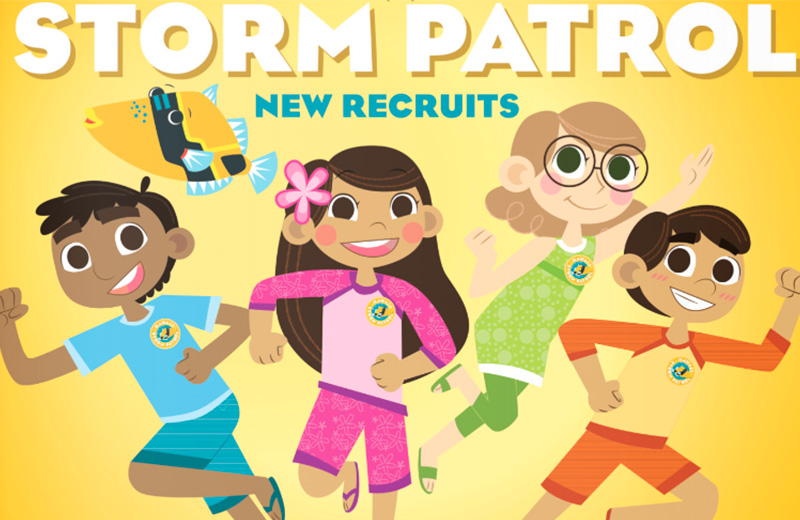
Hawai'i Storm Patrol Headquarters
Join the Hawai'i Storm Patrol and teach your Elementary School keiki all about storm water using our interactive booklet and videos!
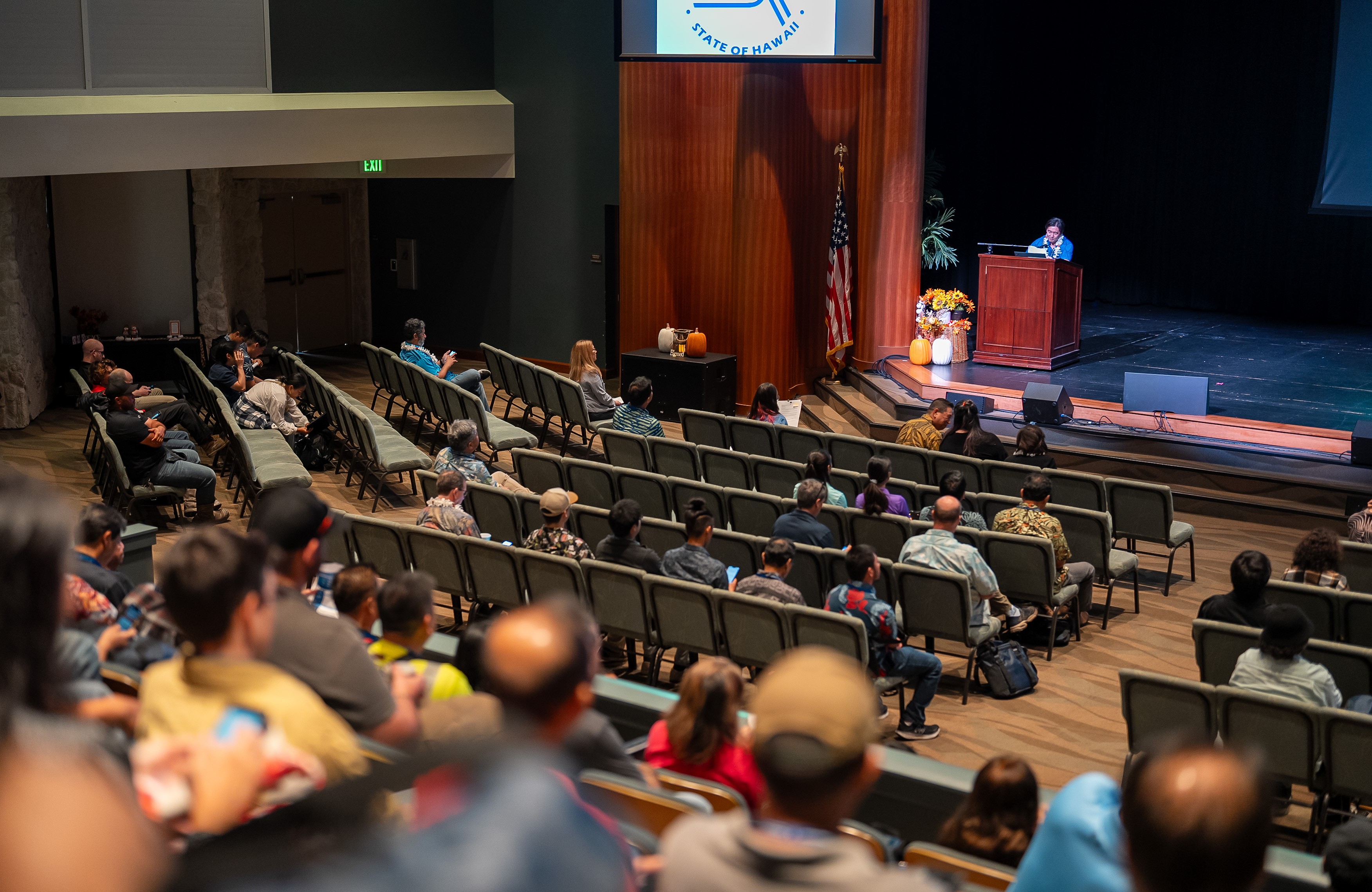
Educator Learning Resources
Are you an educator? Explore our resources to learn more about storm water, join storm water-affiliated organizations, and attend professional development events and incorporate what you learn into your curricula!
Who are we?
We are the Hawaii Department of Transportation (HDOT) and we manage a storm water network with over 10,000 drainage structures and 200 miles of pipes and open channels. Our job is to reduce the pollutants that make their way through that storm water network and into the ocean to ensure a safe and healthy environment in Hawai’i. Everyone, from teachers to students to residents to visitors, have a role in ensuring a safe and healthy environment through engaging in responsible, storm water-conscious practices and everyday behaviors.
Check out these other educational resources!

Hawai'i Storm Patrol Headquarters
Join the Hawai'i Storm Patrol and teach your Elementary School keiki all about storm water using our interactive booklet and videos!
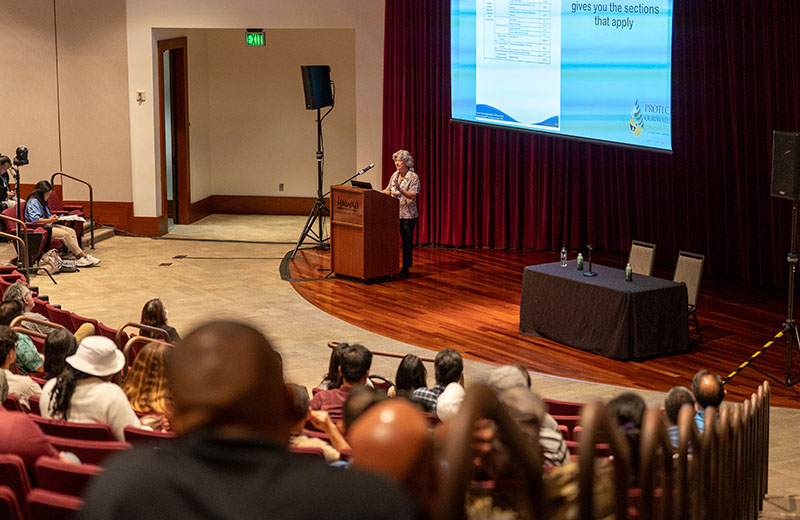
Educator Learning Resources
Are you an educator? Explore our resources to learn more about storm water, join storm water-affiliated organizations, and attend professional development events and incorporate what you learn into your curricula!

Hawai'i Storm Patrol Headquarters
Join the Hawai'i Storm Patrol and teach your Elementary School keiki all about storm water using our interactive booklet and videos!
